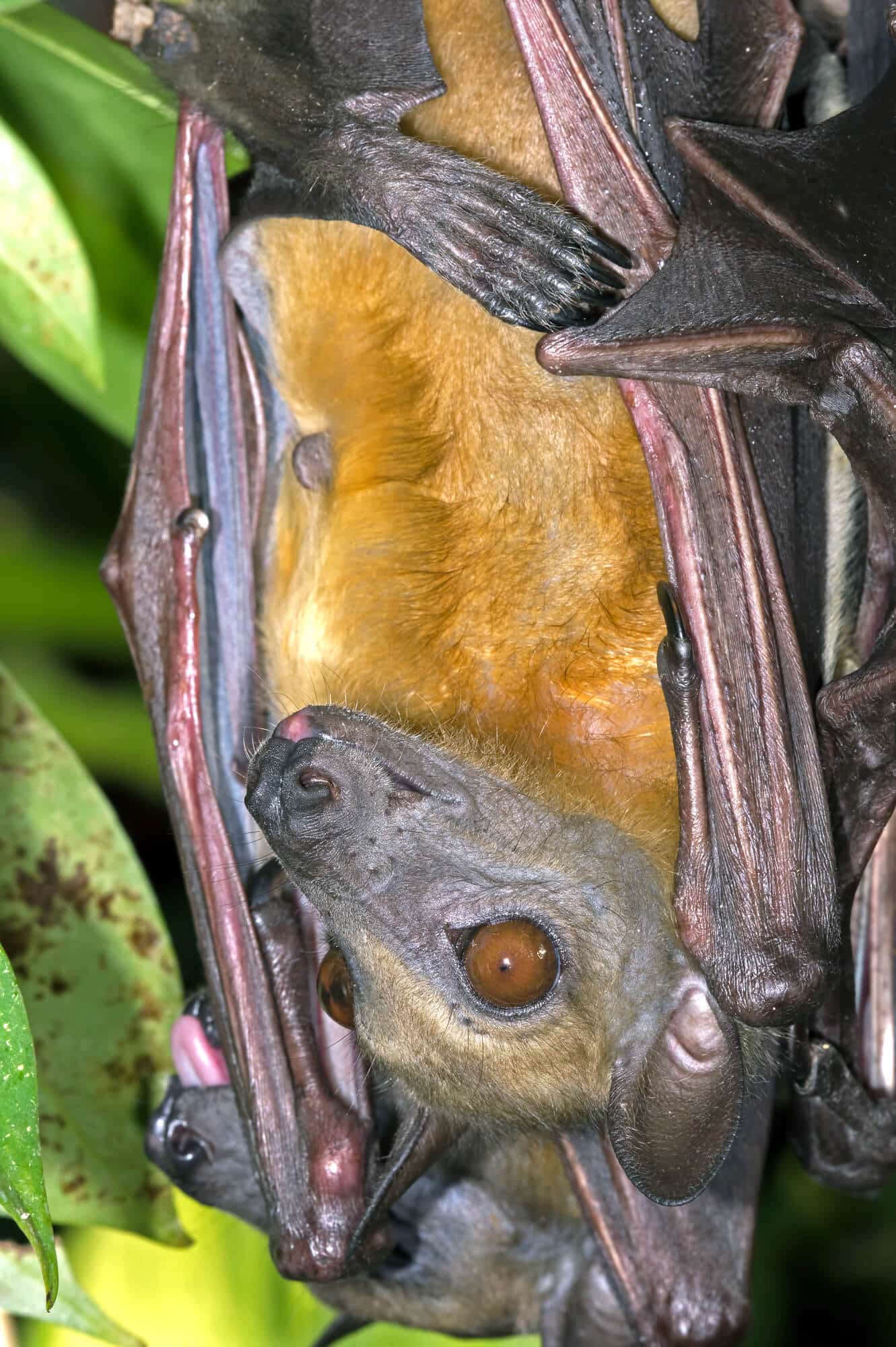A new neural code for navigating large spaces was revealed in the "bat tunnel" at the Weizmann Institute of Science

It is customary to compare the brain to a computer - the nerve cells organized in intricate electrical circuits are the hardware, while the software is a wide variety of neural codes that control the activity of the nerve cells. However, sometimes it seems that the brain successfully performs tasks for which its hardware is apparently not suitable. For example, our ability and that of other mammals to navigate large spaces is surprising given the fact that the complexity of spatial perception is apparently suitable for representing much smaller spaces. The scientists of the Weizmann Institute of Science approached solving this mystery by thinking outside the experimental box: a combination of unusual model animals - fruit bats - with an also unusual experimental system - a 200 meter long bat tunnel. their findings which are widely published in the scientific journal Science, Revealing a new neural code for the encoding of spatial perception.

"Bats and other mammals are required to navigate very large distances in the wild. In one night, a single bat can cover a distance of about 20 km - this is a very significant difference from the meter-by-meter boxes that we are used to conducting spatial perception experiments in," says Prof. Nahum Ulanovsky From the Department of Neurobiology at the Weizmann Institute. The research team led by him realized that in order to faithfully describe the natural behavior of mammals, one had to go big - a change in the scale of the space, they hypothesized, would be reflected in a different neural activity than what had been revealed so far.
In order to put their hypothesis to the test, Prof. Ulanovsky initiated the construction of the first bat tunnel of its kind in the world: an airtight, greenhouse-like structure, 200 meters long, built on the institute's premises. "200 meters is not exactly 20 km, but it is much closer to a natural environment than the accepted experimental setups", explains Prof. Ulanovsky. In order to monitor the neural activity of the bats while flying, the researchers developed a kind of tiny wireless "neural recorder" that was placed on their heads and recorded the neural activity in the hippocampus - the area of the brain responsible, among other things, for encoding the perception of physical space. In addition, the researchers placed an array of antennas with extremely accurate locating capabilities - more accurate than GPS systems - so that they could know exactly where the bats are at any given moment. A combination of these three - a large space to navigate in, a compact device for measuring neural activity and a particularly precise positioning system - allowed the researchers to trace the brain activity of their flying subjects for the first time in an environment that better simulates their natural behavior.
The research - led by doctoral students Tamir Eliav and Shir Maimon and in collaboration with staff scientist Dr. Liora Les - sees light at a symbolic time: 50 years ago John O'Keefe discovered the "place cells"; A discovery that won him the Nobel Prize for Medicine or Physiology in 2014. Location cells are designated cells in the hippocampus that are activated when we are at a certain point in space, and actually constitute a kind of cognitive map of our environment. It is important to note that the discoveries of O'Keefe and others were based on experiments with rodents in a very limited environment that is not close to their natural environment. If each place cell does represent a point in space, then bats would require an enormous number of neurons, between 1013-1015, in order to successfully represent their multi-kilometer navigation space in nature. However, bats have about 105 Neurons in the hippocampus only - yet they navigate complex and long routes every night.
Each neuron can be activated by several different locations
Now, thanks to the innovative experimental set-up, the researchers have solved the mystery: when bats navigate a large environment, their place cells change their behavior significantly compared to the traditional model. First, instead of representing one location field - that is, one area in space - it was discovered that location cells can represent several areas. Not only that, the size or scale of each area represented by the location cell can vary, sometimes up to a 20-fold difference. In other words, each neuron can be activated by several different locations in space, where each location can have a resolution significantly different. Through this kind of unconventional coding, the bats manage to overcome the so-called hardware limitations and navigate successfully in space.
In order to better understand their findings from the bat tunnel, the researchers compared using computer models between the neural code they discovered and the traditional model. In a comparison conducted by Prof. Misha Tsodiks from the Department of Neurobiology, and Dr. Yonatan Elhadef, formerly a researcher in Prof. Ulanovsky's laboratory and now a faculty member at the University of California in San Diego, it was discovered that although the new neural code does not have a significant advantage in small environments, it is much more efficient and accurate When it comes to large environments. Another data analysis conducted by Gili Ginosar, a PhD student in Prof. Ulanovski's laboratory, contributed to the understanding of why the new neural code has not been discovered so far and why it appears in large environments, but not in small environments.
"Additional theoretical models we created also provided a possible mechanistic explanation for how this code is created in the hippocampus," says Prof. Ulanovsky. "We believe that these findings are also valid for other species of mammals that navigate large environments, including humans."
More of the topic in Hayadan:
